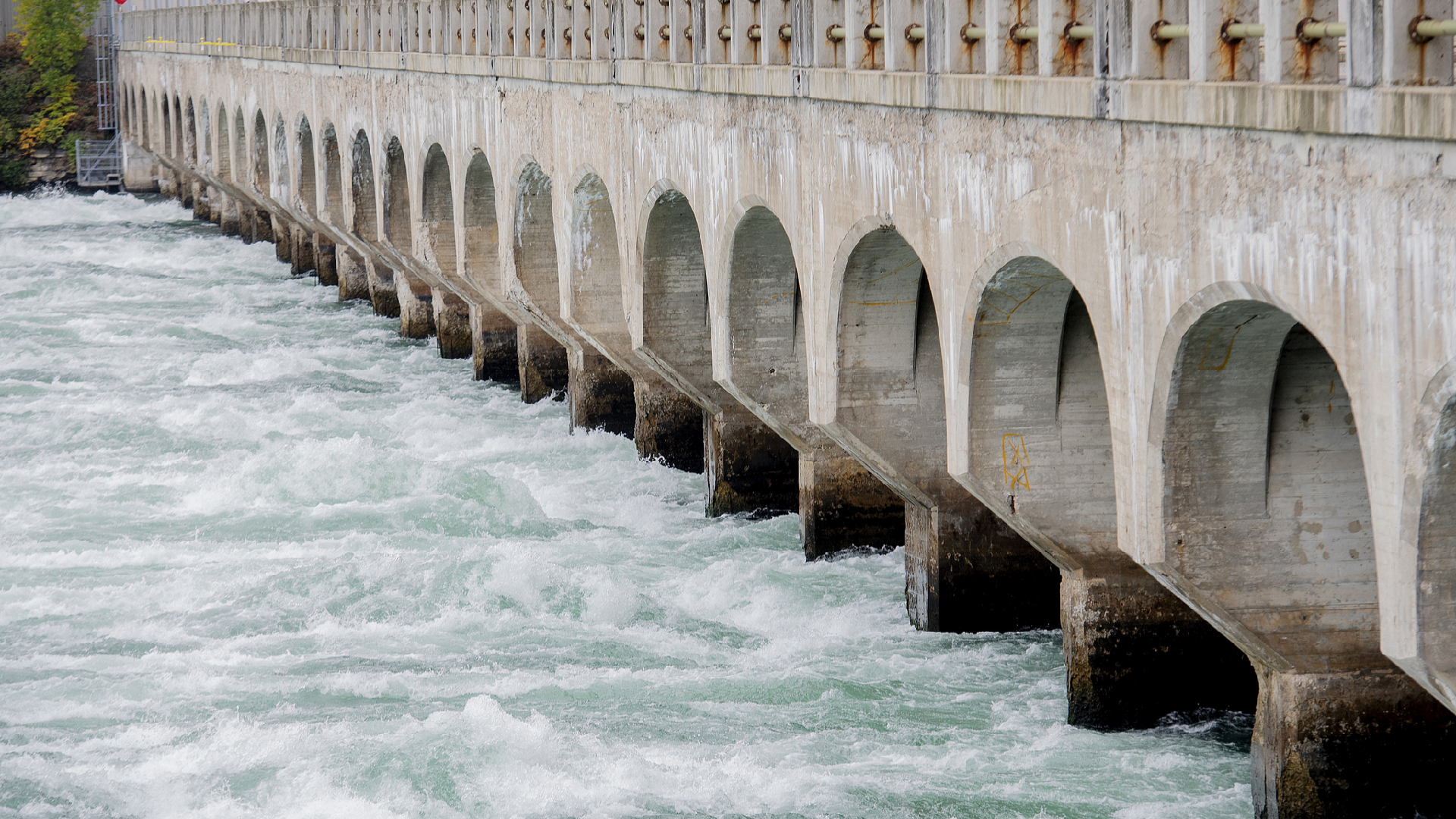Extreme Weather Poses Threat to Canada's Hydropower Future
Hydropower production in Canada is experiencing a significant decline due to extreme weather related to climate change. This situation is characterized by abrupt transitions between drought and flood, which not only affect energy output but also pose risks to the integrity of the dams.

As a global frontrunner in hydroelectricity, Canada has recently had to scale back its exports to the U.S., hitting their lowest levels in 14 years, as reported by the national statistics agency.
Earlier this year, Canada imported energy from the U.S. for three consecutive months, marking the first time in eight years that this role reversal occurred. This shift underscores drastic production shortfalls in hydropower—both domestically and internationally.
The International Energy Agency noted that 2023 has seen “a record decline” in global hydropower generation, with other significant producers like China, Turkey, and the U.S. also affected. The IEA attributed these declines to “severe and prolonged drought” in key production areas.
In Canada, where 60 percent of energy relies on hydropower, drought conditions have severely impacted vital production provinces such as British Columbia, Manitoba, and Quebec.
### Record Lows in Quebec
The production issues are especially pronounced at Quebec's massive Daniel-Johnson dam, located northeast of Montreal. Hydro-Quebec states that the dam contains enough concrete to construct a sidewalk from the North Pole to the South Pole.
According to Hydro-Quebec engineer Pierre-Marc Rondeau, the low reservoir levels recorded in recent years have “broken records.”
He remarked that the public utility is “starting to feel” the effects of climate change.
The water shortages have led to a 30 percent reduction in profits during the first nine months of this year, as confirmed by the company. Hydro-Quebec has also reduced exports to satisfy local demand, a setback for a company that has invested in new transmission lines and secured long-term supply agreements with clients in New York and Massachusetts.
“We're adjusting the ways we operate the reservoirs to be ready at any time,” Rondeau said, referring to potential flood or drought scenarios.
### Flash Floods
The dual challenges of severe drought and intense flooding are “exponentially increasing” the difficulties facing the hydropower sector, according to Reza Najafi, a professor of civil and environmental engineering at Western University in Ontario.
Najafi is part of a team developing new guidelines for dams to address the escalating frequency of extreme weather events.
“We found some critical gaps in the current frameworks and practices in both the design and planning management of dams and levees,” he explained.
He highlighted that up to 50 percent of the nation’s dams are over 50 years old and not engineered to handle extreme weather fluctuations.
Eloise Edom from L'Institute de l'Energie Trottier at Polytechnique Montreal pointed out that flash floods, once considered rare occurrences in certain Canadian regions, are now happening twice a decade.
Philippe Gachon, a professor at the University of Quebec in Montreal, emphasized the importance of national planning bodies taking into account the significant changes in the water cycle when planning Canada’s hydropower future.
“We are going to have volumes of water that we have never seen before,” he stated.
He also noted that Hydro-Quebec has begun to factor the new reality of weather extremes into its infrastructure planning.
“But will this reflection, this rethinking of infrastructure, keep pace with the changes that are happening? Nobody knows,” he concluded.
Ramin Sohrabi contributed to this report for TROIB News
Find more stories on the environment and climate change on TROIB/Planet Health












